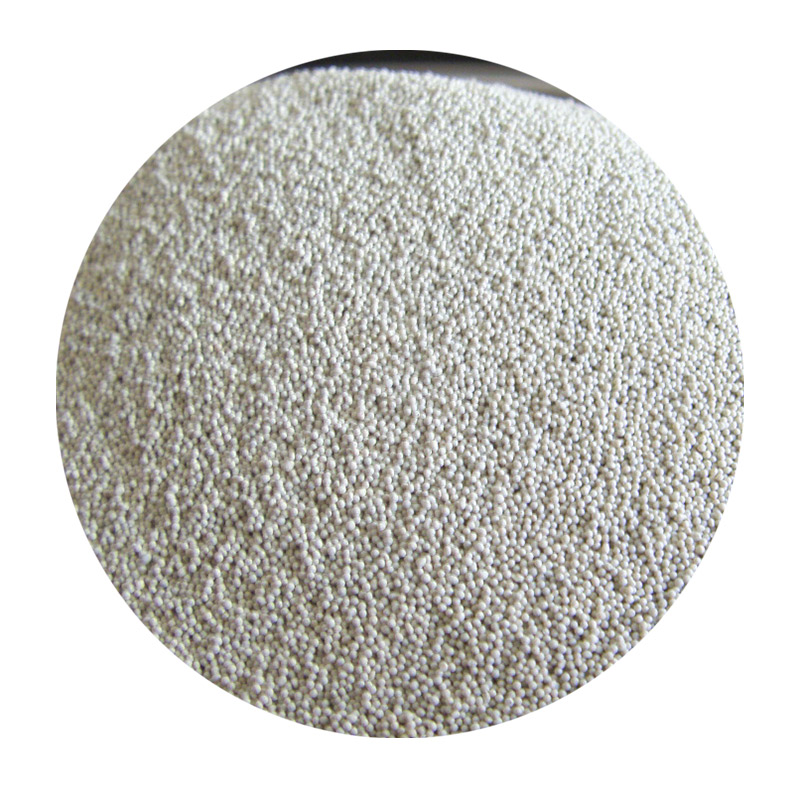

Sand casting is not just confined to traditional industries; it is also making strides in the renewable energy sector. Wind turbine manufacturers leverage this process to produce components like hubs and bases, which must endure variable loads and environmental conditions. The scalability of sand casting makes it an ideal solution for producing both prototype parts and full-scale production runs, supporting the dynamic nature of the renewable energy market. Moreover, the advent of 3D printing technology has synergistically enhanced the capabilities of sand casting. The integration of additive manufacturing techniques enables the rapid production of complex molds and cores, thereby expediting the casting process and reducing lead times. This fusion of technologies exemplifies the continuous innovation within the sand casting industry, illustrating its capacity to adapt and thrive in an ever-evolving technological landscape. The trustworthiness and credibility of sand casting are underpinned by its long-standing presence and proven track record across multiple sectors. Its enduring relevance is a testament to its capability to meet the diverse and demanding needs of modern manufacturing. For businesses seeking a reliable and versatile production method, sand casting offers a comprehensive solution that combines efficiency, precision, and adaptability. In conclusion, the myriad uses of sand casting underscore its position as a foundational pillar in manufacturing. Its enduring presence in industries ranging from automotive to aerospace, as well as its role in promoting cultural preservation and supporting renewable energy initiatives, highlights its versatility and indispensable nature. As industries continue to evolve, sand casting remains poised to adapt, innovate, and deliver, reinforcing its stature as a trusted and authoritative process in the global manufacturing arena. Post time:Fev . 15, 2025 15:06
Next:sand casting tolerances
